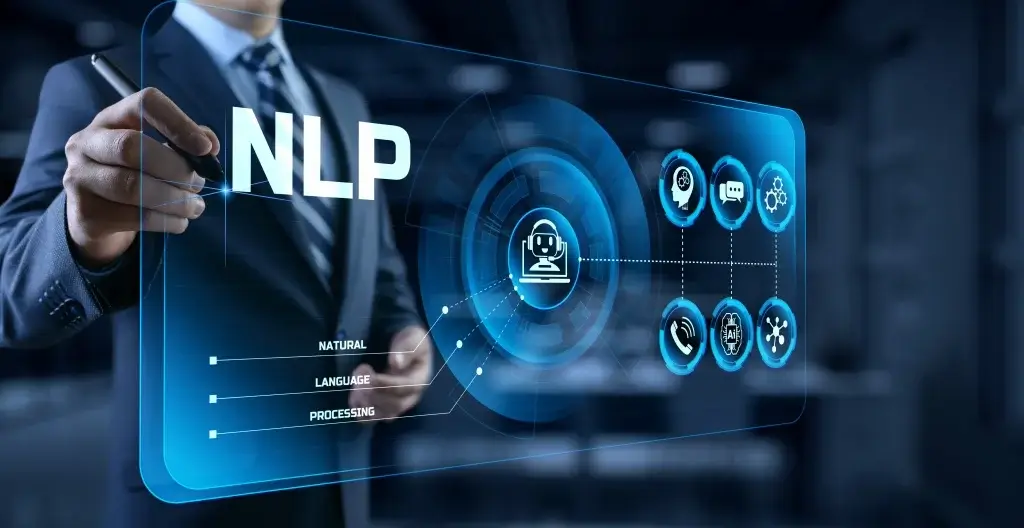Natural Language Processing NLP: 7 Key Techniques
Natural Language Processing NLP with Python Tutorial
This technique of generating new sentences relevant to context is called Text Generation. You can notice that in the extractive method, the sentences of the summary are all taken from the original text. You can iterate through each token of sentence , select the keyword values and store them in a dictionary score.
This helps search systems understand the intent of users searching for information and ensures that the information being searched for is delivered in response. Natural Language Processing (NLP) allows machines to break down and interpret human language. It’s at the core of tools we use every day – from translation software, chatbots, spam filters, and search engines, to grammar example of nlp correction software, voice assistants, and social media monitoring tools. If you’re interested in using some of these techniques with Python, take a look at the Jupyter Notebook about Python’s natural language toolkit (NLTK) that I created. You can also check out my blog post about building neural networks with Keras where I train a neural network to perform sentiment analysis.
What is natural language processing used for?
It helps machines or computers understand the meaning of words and phrases in user statements. The most prominent highlight in all the best NLP examples is the fact that machines can understand the context of the statement and emotions of the user. Natural language processing (NLP) combines computational linguistics, machine learning, and deep learning models to process human language. Human language is filled with ambiguities that make it incredibly difficult to write software that accurately determines the intended meaning of text or voice data. NLP drives computer programs that translate text from one language to another, respond to spoken commands, and summarize large volumes of text rapidly—even in real time.
The study of natural language processing has been around for more than 50 years, but only recently has it reached the level of accuracy needed to provide real value. With its AI and NLP services, Maruti Techlabs allows businesses to apply personalized searches to large data sets. A suite of NLP capabilities compiles data from multiple sources and refines this data to include only useful information, relying on techniques like semantic and pragmatic analyses. In addition, artificial neural networks can automate these processes by developing advanced linguistic models. Teams can then organize extensive data sets at a rapid pace and extract essential insights through NLP-driven searches. Predictive text and its cousin autocorrect have evolved a lot and now we have applications like Grammarly, which rely on natural language processing and machine learning.
Lemmatization and Stemming
SaaS tools, on the other hand, are ready-to-use solutions that allow you to incorporate NLP into tools you already use simply and with very little setup. Connecting SaaS tools to your favorite apps through their APIs is easy and only requires a few lines of code. It’s an excellent alternative if you don’t want to invest time and resources learning about machine learning or NLP. The model performs better when provided with popular topics which have a high representation in the data (such as Brexit, for example), while it offers poorer results when prompted with highly niched or technical content. Natural Language Generation (NLG) is a subfield of NLP designed to build computer systems or applications that can automatically produce all kinds of texts in natural language by using a semantic representation as input. Some of the applications of NLG are question answering and text summarization.


 Lokacije
Lokacije Broj telefona
Broj telefona Email adresa
Email adresa